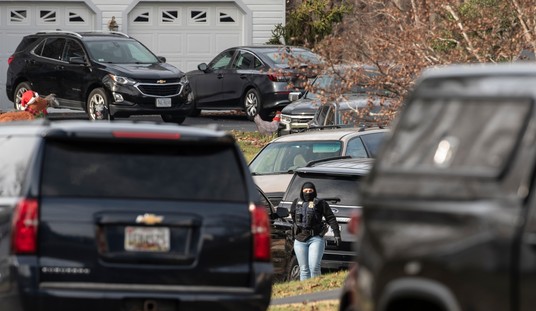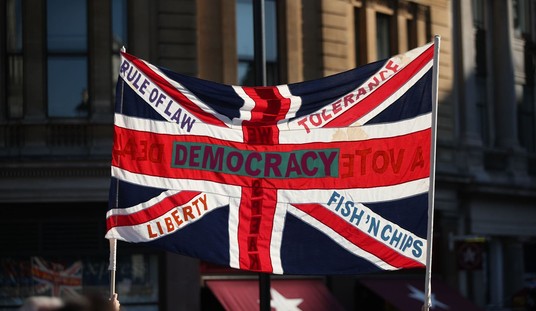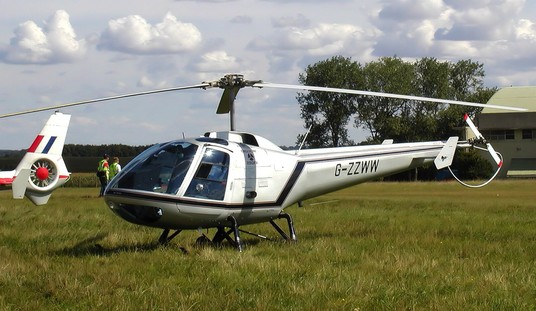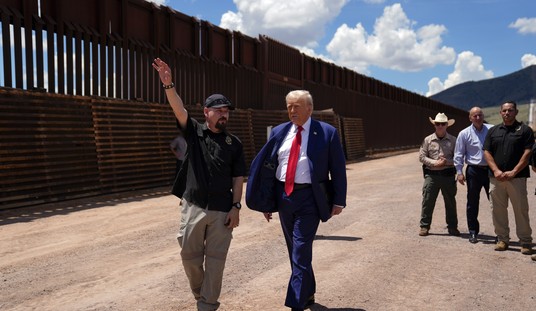
Tomorrow marks an unfortunate anniversary, and in the interests of fairness and accuracy at the RedState Department of History, it should be noted. Tomorrow is the 37th anniversary of Operation Eagle Claw, the abortive attempt to rescue American hostages in Iran.
On November 4, 1979, 66 American diplomats and citizens were taken hostage by Iranian students who also took over the American embassy in Teheran. Fourteen were eventually released but the remaining 52 hostages were held in ongoing captivity.
Public opinion in the United States was of course outraged but as the days and weeks dragged on and the already limited credibility of President Jimmy Carter took repeated blows from an inability to free the hostages, a military solution was decided upon.
The operation to rescue them was known as Operation Eagle Claw, one of the first missions of the new Delta Force. The mission was scheduled to take place over two nights: the first would see assets landed at a base known as Desert One, 60 miles west of Chabahar, and then fly to a base known as Desert Two, 52 miles from Teheran, where they would hide for the following day. Then the next night Delta Force soldiers would extricate the hostages and fly them to Manzariyeh Air Base, which would have been captured by Army Rangers. From there, C-141 aircraft would bring the hostages home.
The only thing that went right was the establishment of Desert One. Seven of the eight helicopters flew into a sandstorm known as a haboob, with the eighth abandoned in the desert with a cracked rotor. This scattered the group, and claimed two more helicopters to various difficulties, leaving only five of the original eight.
The mission plan could go ahead with as few as four helicopters, but losses were expected on the trip and the recommendation was made by field commanders to abort the mission, a request which President Carter approved. To make matters worse, one of the remaining helicopters collided with an EC-130 refueling plane as extrication began, killing five crewmen on the aircraft and three on the helicopter.
The ensuing investigation, which produced the Holloway Report, served as an indictment of the entire command process. It cited deficiencies in command and control, planning and cooperation and led to the greatest re-organization of the American military’s command structure in 40 years.
Eventually, the Goldwater-Nichols Act of 1986 provided that re-organization and eventually improved the command and control structure:
“The brave men who attempted to rescue American hostages in Iran in April of 1980 unfortunately became a disastrous reminder of the need for unity of command, joint training, and good communications, and the dangers of overly complex and needlessly compartmented planning. The failure of their mission, Operation Eagle Claw, would be a prime motivator in the subsequent formation of US Special Operations Command.”
A memorial to the servicemen killed during Operation Eagle Claw stands at Arlington National Cemetery, but the failure of the operation had larger effects. Relations between the United States and Iran were changed yet again for the worse, but the failure of Operation Eagle Claw eventually served as a living example of the Carter Administration’s helplessness and helped lead to the election of Ronald Reagan in 1980.
Happy Sunday and enjoy today’s open thread!












Join the conversation as a VIP Member